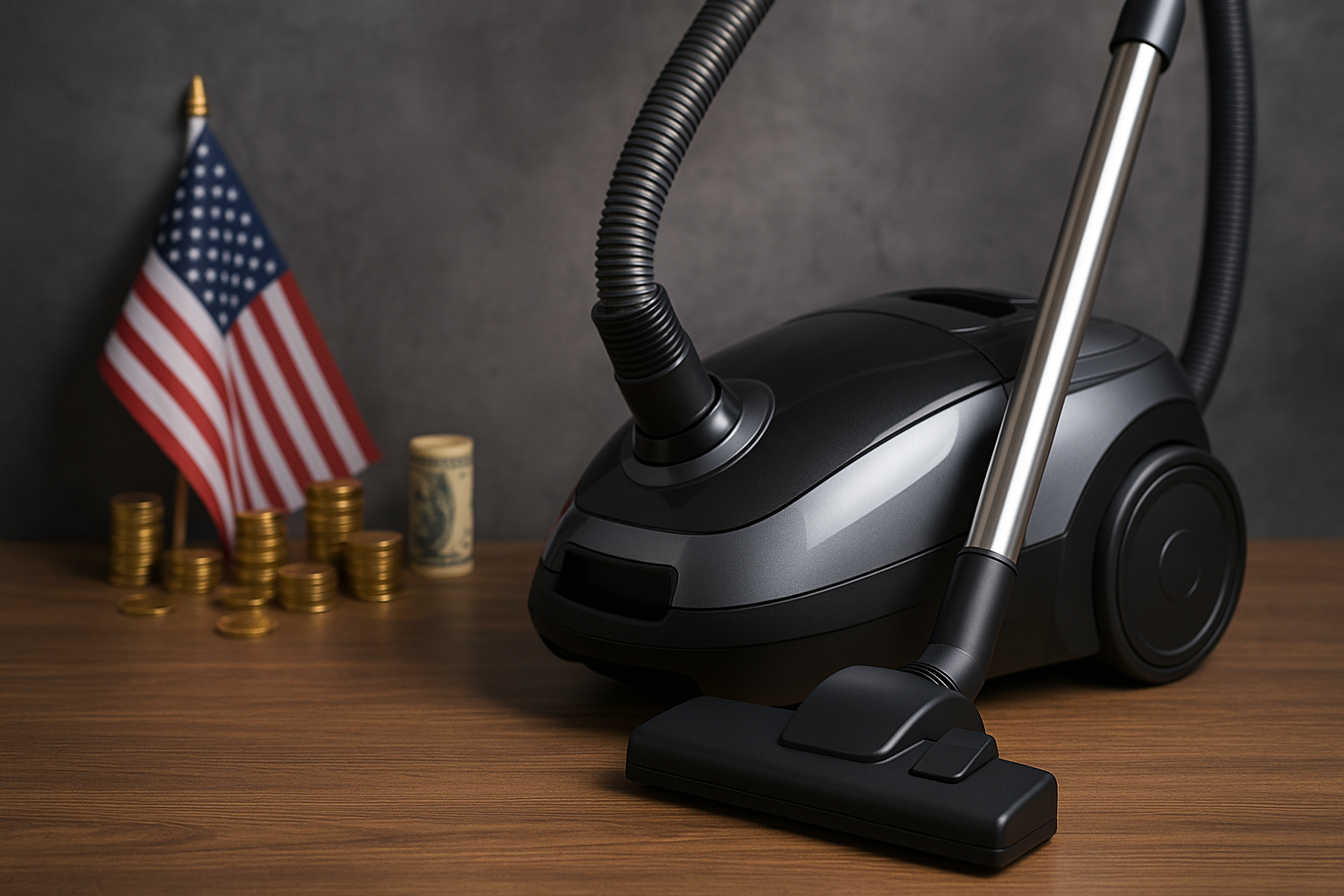In recent years, geopolitical tensions and economic policy shifts have disrupted global trade systems. For vacuum cleaner manufacturers, these changes are more than abstract—they impact sourcing, pricing, and even customer trust. For example, tariff increases between the U.S. and China caused sudden spikes in component costs, forcing producers of Cordless Vacuum Cleaner models to reconsider their supply chains and negotiate new contracts.
As production costs rose, some companies opted to localize manufacturing in alternative regions like Vietnam and Mexico. However, shifting production is not a silver bullet; it involves retraining labor, requalifying components, and handling new regulatory frameworks. According to a report by Harvard Business Review, the real challenge lies not in relocation, but in how firms manage risk across fragmented global supply networks.
Currency fluctuation adds another complex layer. When the euro or yuan weakens against the U.S. dollar, imported components become more expensive, especially for American manufacturers of Li-ion Cordless Handheld Vacuum Cleaner units. To buffer the risk, many companies hedge their currency exposure or adjust regional pricing models in real time.
Distributors are feeling the squeeze too. In the European market, buyers are pushing back against sudden price hikes. That’s why many brands are adopting dynamic pricing software and predictive analytics to stay competitive. The World Bank recently noted that price agility is now a core competency in electronics manufacturing, especially in sectors with high component volatility like small home appliances.
Instead of competing on price alone, leading brands now focus on performance and energy efficiency. There’s a growing demand for quiet vacuum cleaner models with longer battery life, especially in shared spaces and hotels. This shift has prompted innovation in multi-functional and sustainable units like the 4 in 1 Cordless Smart Wet & Dry Vacuum Cleaner, combining silent operation with strong suction and smart power management.
To gain an edge, a number of top-tier brands have rolled out models that offer an ultra high-suction, highly portable yet whisper-quiet experience, along with self-cleaning technology, multi-functionality, extended durability, rapid performance, lightweight handling, energy-saving design, and efficient but powerful operation—resulting in a large-capacity wet dry vacuum cleaner. According to McKinsey & Company, products that meet multiple consumer expectations in a single unit will dominate the premium appliance market over the next 10 years.
As trade barriers rise and currencies fluctuate, vacuum cleaner manufacturers must become more agile and innovative. The future belongs to brands that can balance price, performance, and sustainability. With rising demand for features like portability and low noise, products such as the Car Vacuum Cleaner, Wet Dry Vacuum Cleaners, and cordless handheld vacuums will see increased traction—especially if paired with intelligent design and localized production.
For more insight into the future of smart manufacturing, visit www.lxvacuum.com.

















